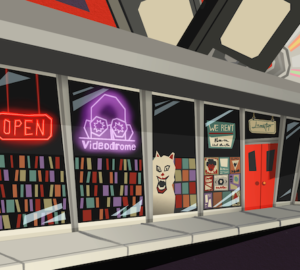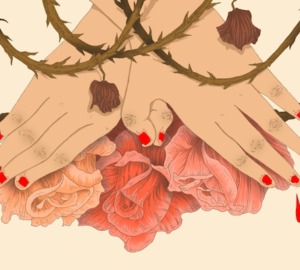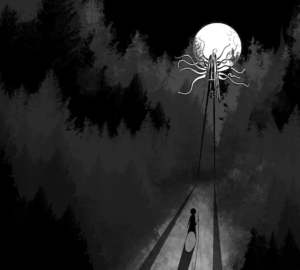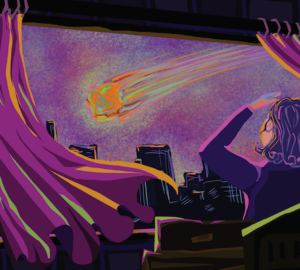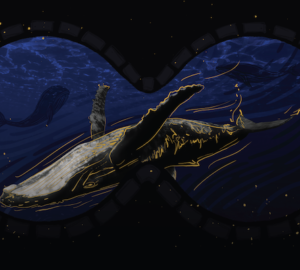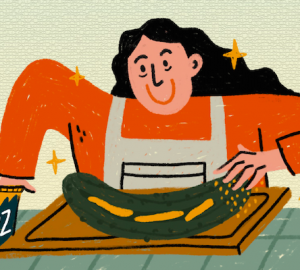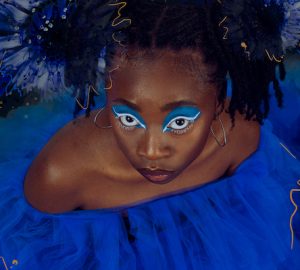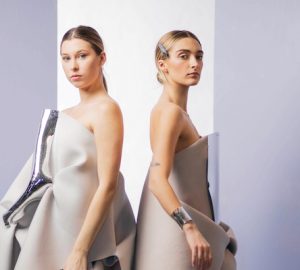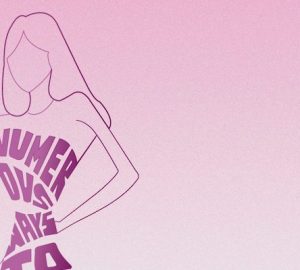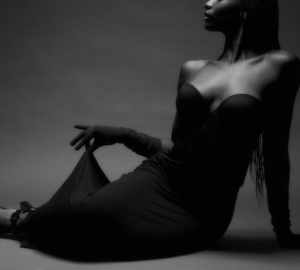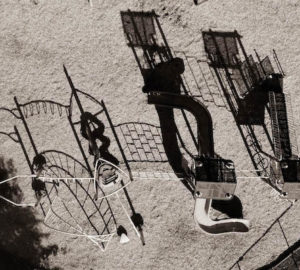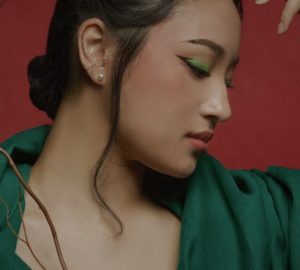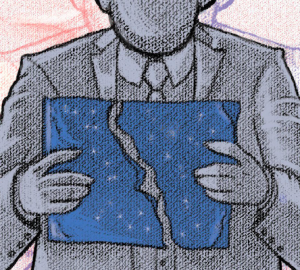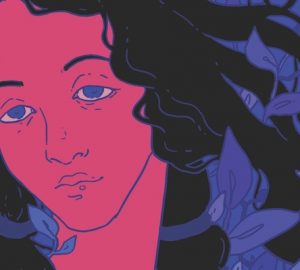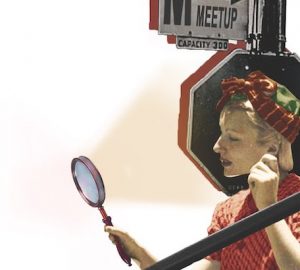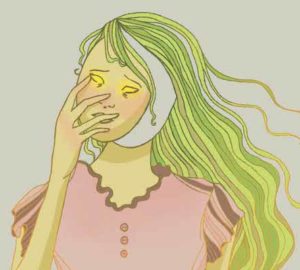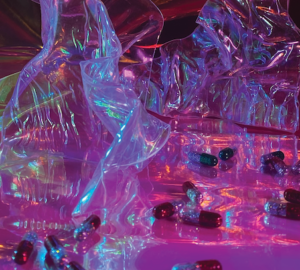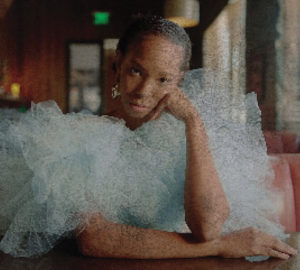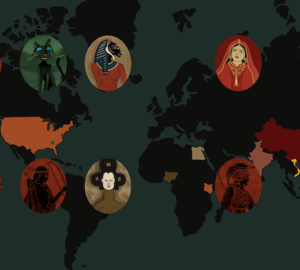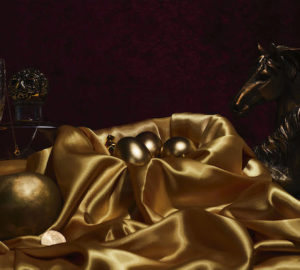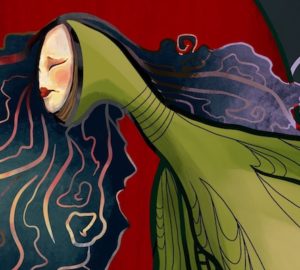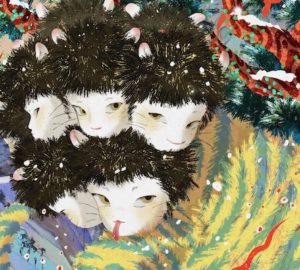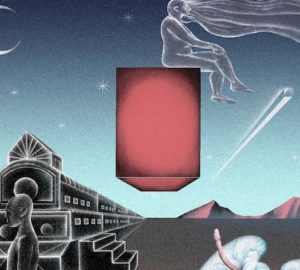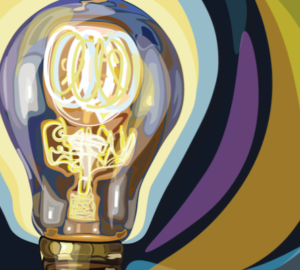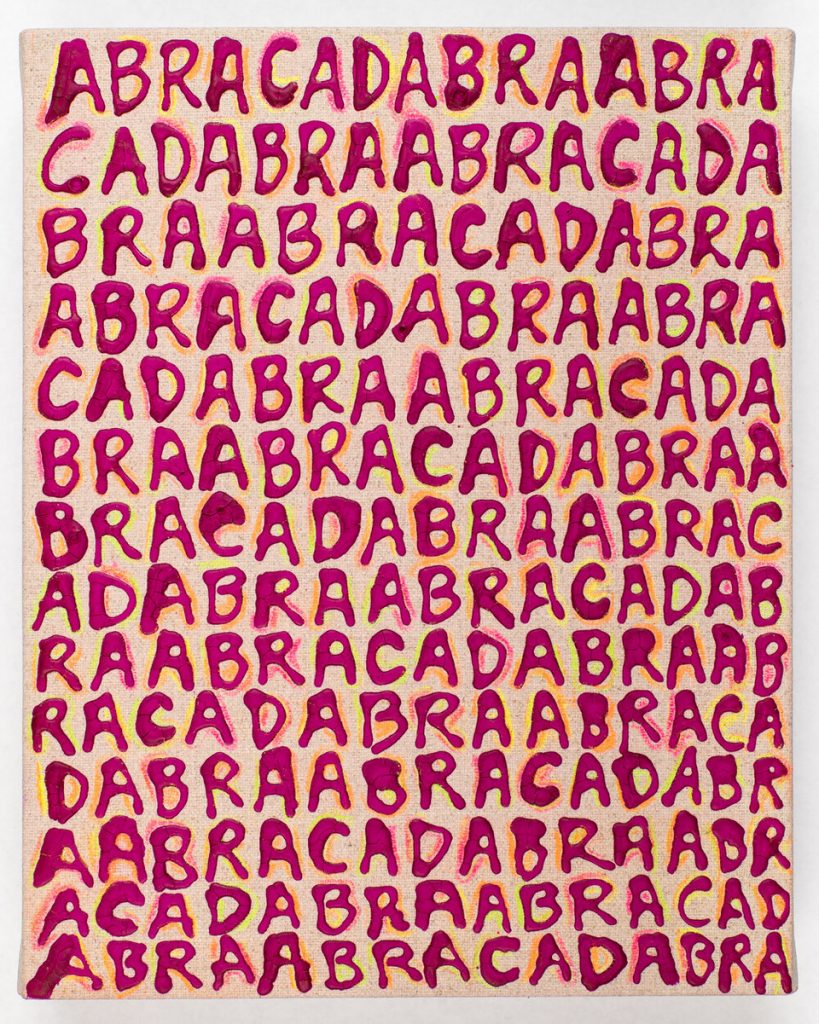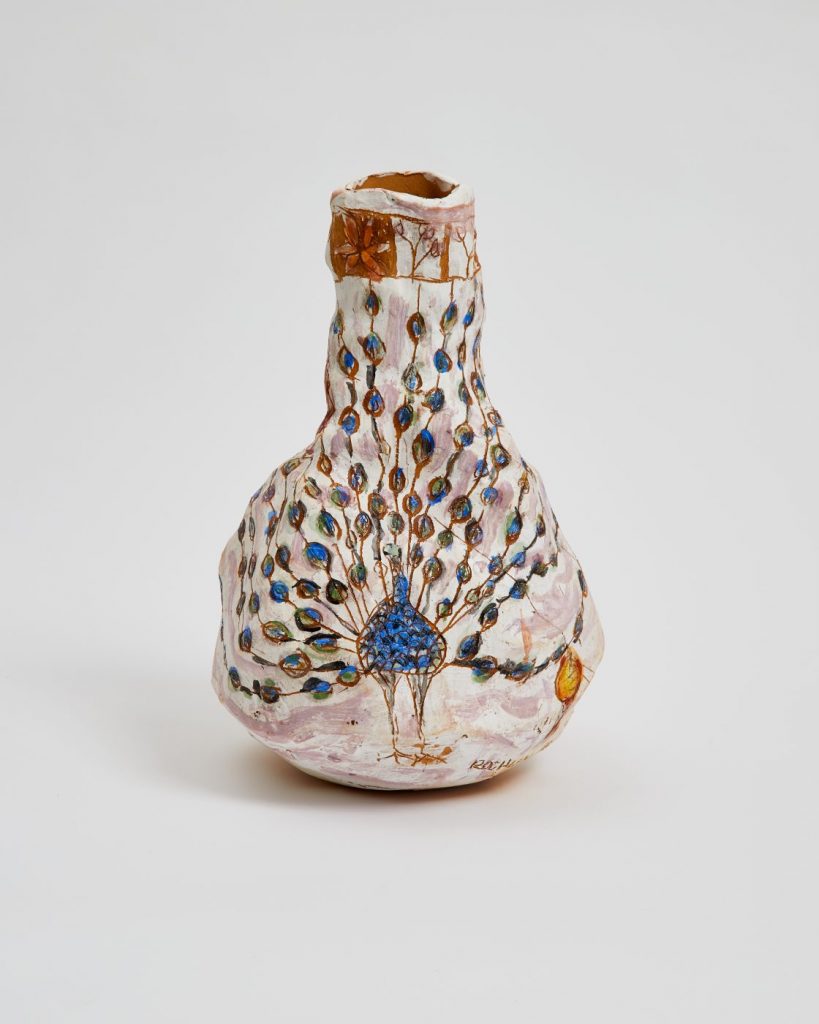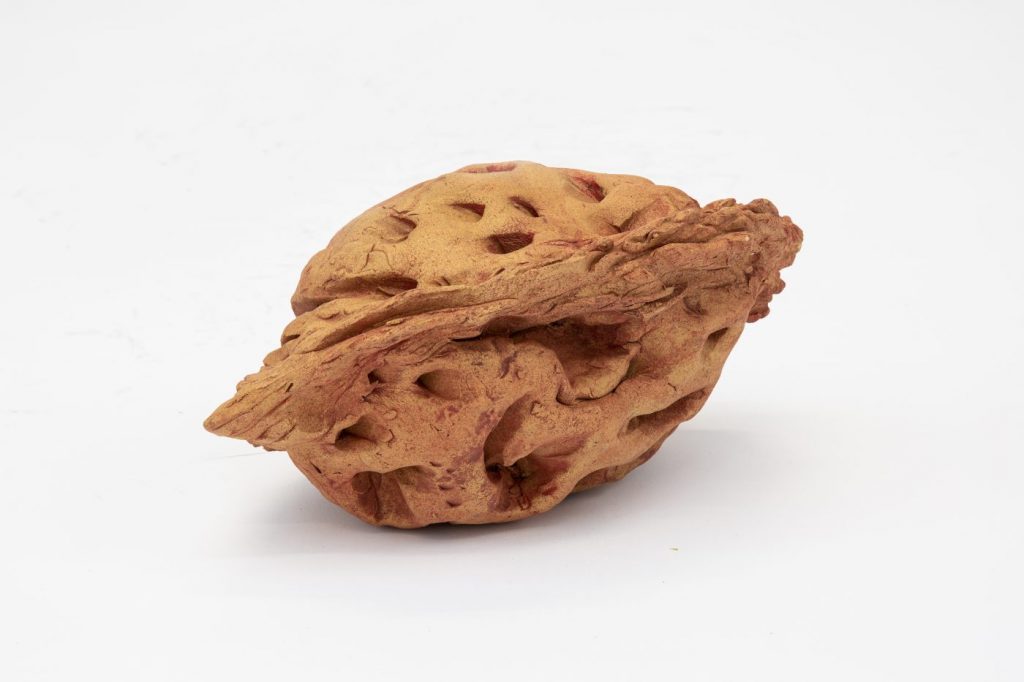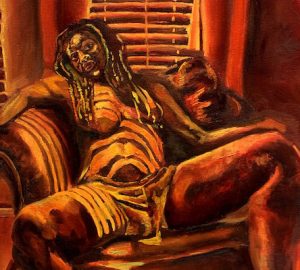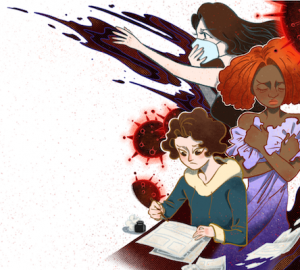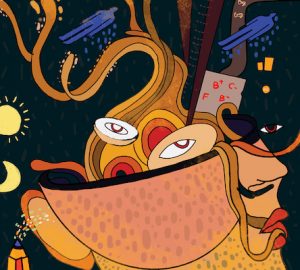By Carlos Nuñez
I drove for hours, motivated by an odd, singular hunger for art, through 80 miles of kudzu and Family Dollars to get here: Comer, Georgia, a place where “middle of nowhere” is an understatement and compliment. For here, in the outskirts of outskirts and the suburbs of suburbs, is where Tif Sigfrids’s new gallery location stands.
Via Café walks us through the early 2000s art scene in Los Angeles. The booming new century was fresh — California fresh. UCLA students would hang out around Chinatown and the artwork shown in the galleries started frequenting Via Café as much as the artists. The shop operated as a place for artistic minds to meet, laugh and decompress over espressos and banh mis.
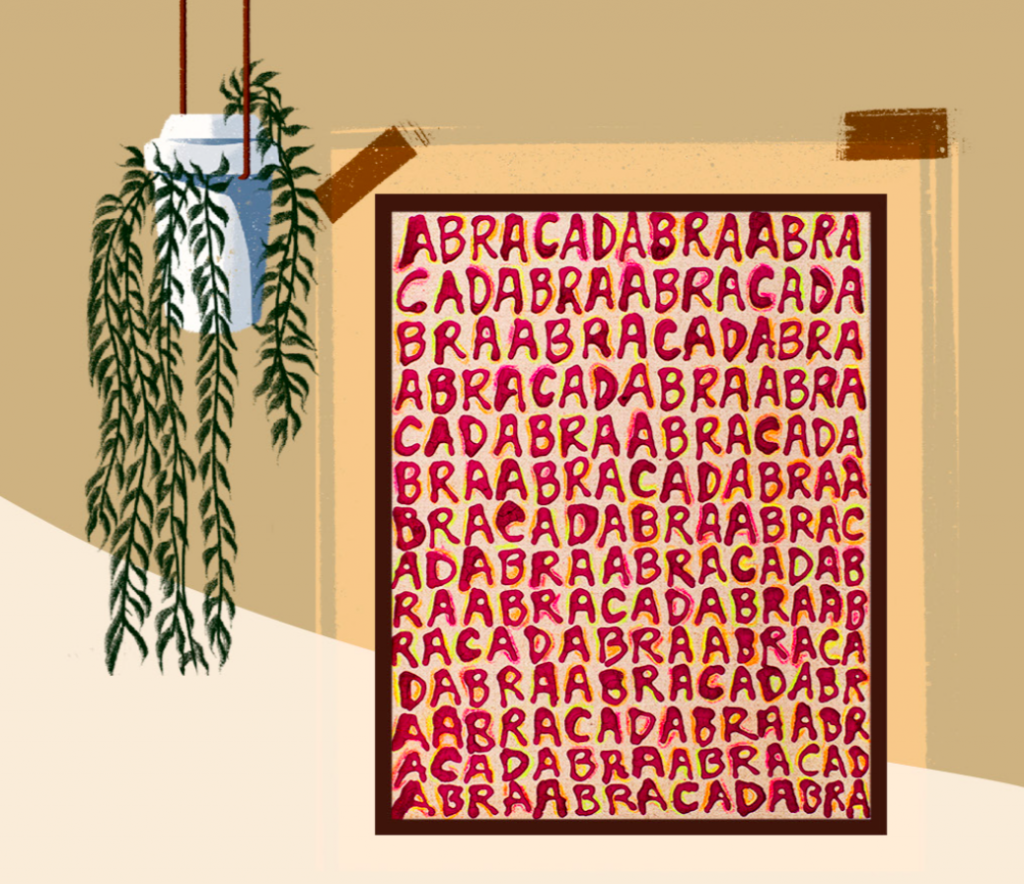
I entered the space to find myself staring at the bedecked counter wall: all works, zero negative space. Tif Sigfrids and Jasmine Little have curated a tale from the first-person perspective. The surrounding walls were packed with nostalgia that resembled an inside joke that the audience was willing to watch, learn and dig to unravel.
The show packs more than just conceptual rigor. It is a time capsule that presents a glimpse from the Chinatown scene’s glory days. Bettina Hubby’s Abracadabra is casually tilted on the wall, surrounded by Via coffee cups. The small canvas reiterates the incantation in vivid warm tones, humorous with mysterious intentions — is it a joke, or it is an obsession? Jennifer Rochlin’s ceramic vessel of intimacy on the round is a playful visual journey. A painting in clay, it creates an intricate story of affinity through physical touch: two figures pose in calm, visceral confidence, surrounded by sketch-like floral details and peacock feathers that interlock in a soft celebration, visually hugging the piece’s intimate forms and suggesting a shift in perspectives.
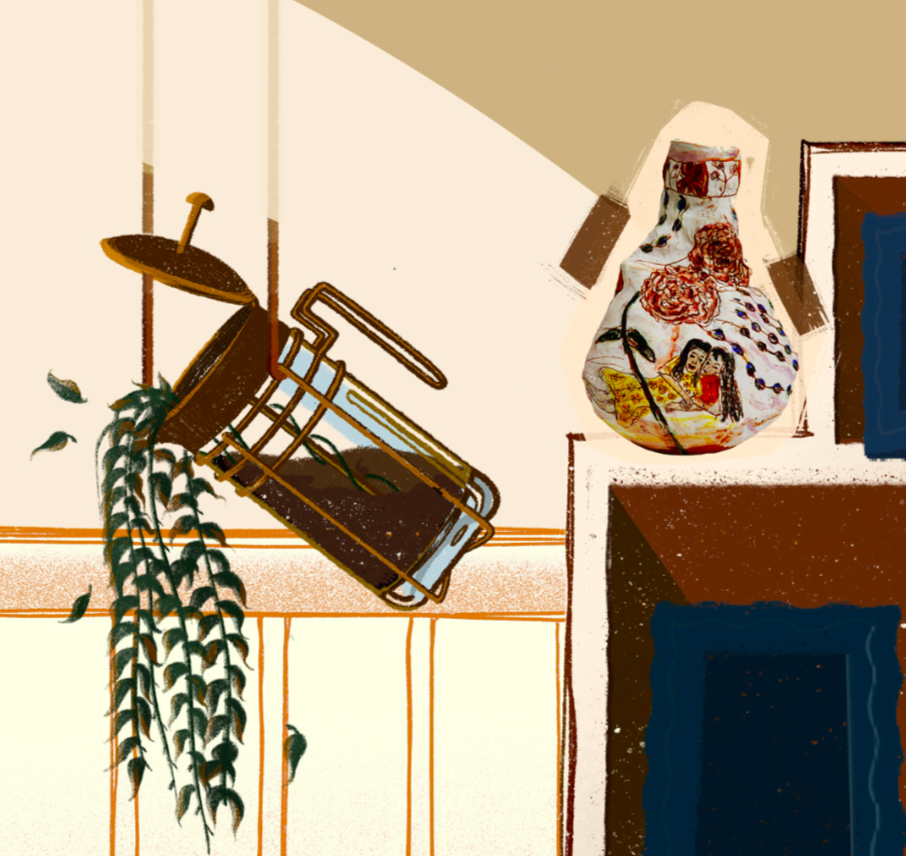
Accompanying the vessel is Josh Callaghan’s oversized peach pit. The ceramic highlights the complex groves we don’t often see. By mimicking nature in concept and form, the pit functions as an allegory for rebirth and the human disconnection with its surroundings. The cracks and ridges on the pit’s surface are no different to the marks and dents of our memory: complicated, often overlooked. The message is in the size — what was invisible is now commanding space.
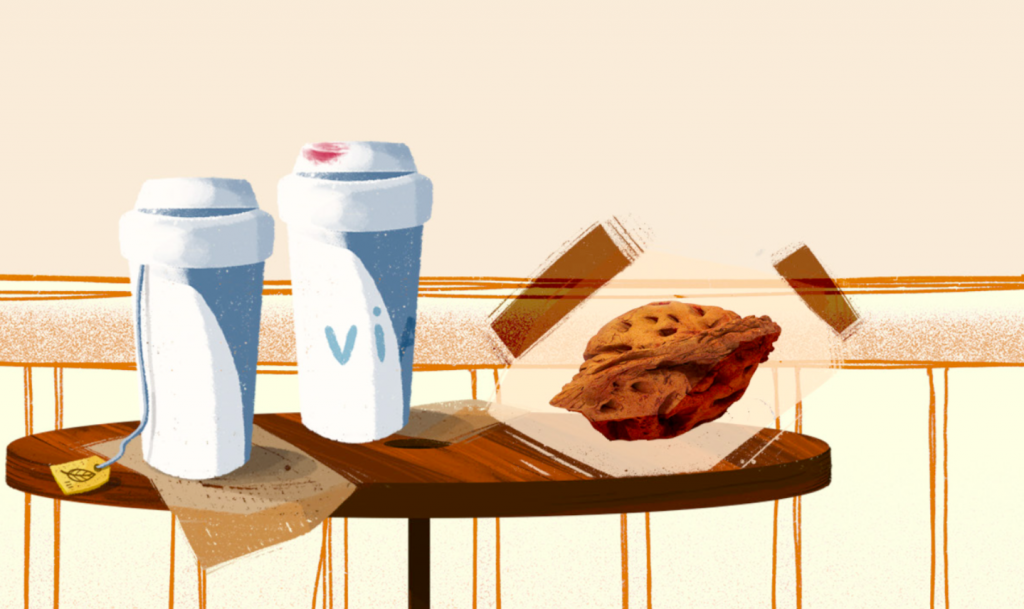
This show is an ode to the good old days. Regardless of being in Los Angeles or Comer, the community that rose around that particular Café is thick with magic and talent. Nostalgia is in the atmosphere, with the artwork closer to each other than I have been to a human being in over a year, with groups of friends who come from across the country for one more reunion, with the remnants of their past jokes, interests and obsessions spread throughout the space. The past often tastes better, especially when you find it in the present, where it’s supposed to be long gone.
I hopped back in my car and started driving back to reality with a strange sense of fulfillment. For an afternoon, I was part of something that I, in reality, wasn’t. A time capsule is often exclusive, but the one Via Café offers welcomes everyone in, for the price of a cup of coffee.


